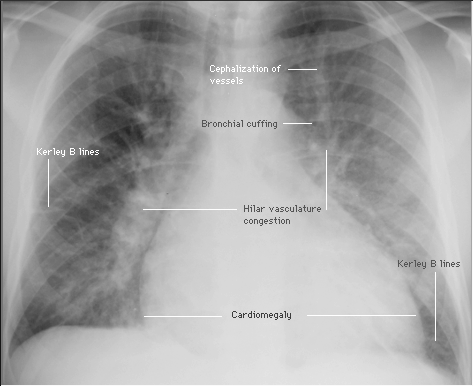Unstable angina non ST elevation myocardial infarction chest x-ray
| Resident Survival Guide |
|
Unstable angina / NSTEMI Microchapters |
|
Differentiating Unstable Angina/Non-ST Elevation Myocardial Infarction from other Disorders |
|
Special Groups |
|
Diagnosis |
|
Laboratory Findings |
|
Treatment |
|
Antitplatelet Therapy |
|
Additional Management Considerations for Antiplatelet and Anticoagulant Therapy |
|
Risk Stratification Before Discharge for Patients With an Ischemia-Guided Strategy of NSTE-ACS |
|
Mechanical Reperfusion |
|
Discharge Care |
|
Case Studies |
|
Unstable angina non ST elevation myocardial infarction chest x-ray On the Web |
|
FDA on Unstable angina non ST elevation myocardial infarction chest x-ray |
|
CDC onUnstable angina non ST elevation myocardial infarction chest x-ray |
|
Unstable angina non ST elevation myocardial infarction chest x-ray in the news |
|
Blogs on Unstable angina non ST elevation myocardial infarction chest x-ray |
|
to Hospitals Treating Unstable angina non ST elevation myocardial infarction chest x-ray |
Editor-In-Chief: C. Michael Gibson, M.S., M.D. [1]; Associate Editors-In-Chief: Cafer Zorkun, M.D., Ph.D. [2]; Varun Kumar, M.B.B.S.; Lakshmi Gopalakrishnan, M.B.B.S.
Overview
When suspecting UA/NSTEMI, a chest x-ray is critical to aid in the exclusion of aortic dissection. A mediastinal mass seen on x-ray may be consistent with both aortic dissection and cancer, however cancer is unlikely to present with a syndrome of accelerating chest pain. Chest x ray is also used to evaluate other causes of chest pain or discomfort such as pneumonia, pneumothorax, and pulmonary hypertension.
Chest X Ray
Chest x-ray is critical in assessing for the presence of pulmonary edema or congestive heart failure, both which require urgent treatment, and confers a poorer prognosis.
